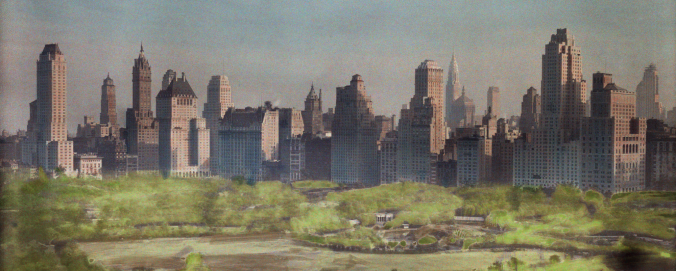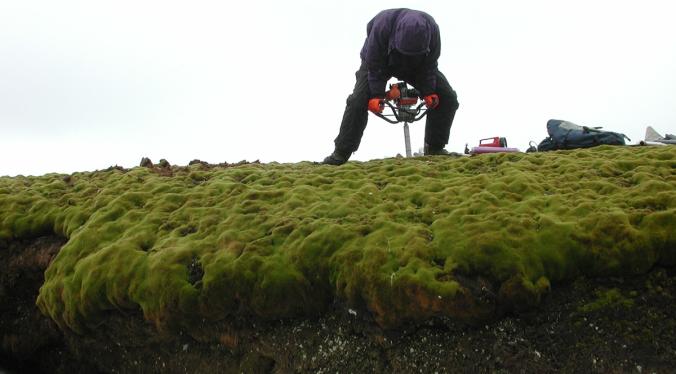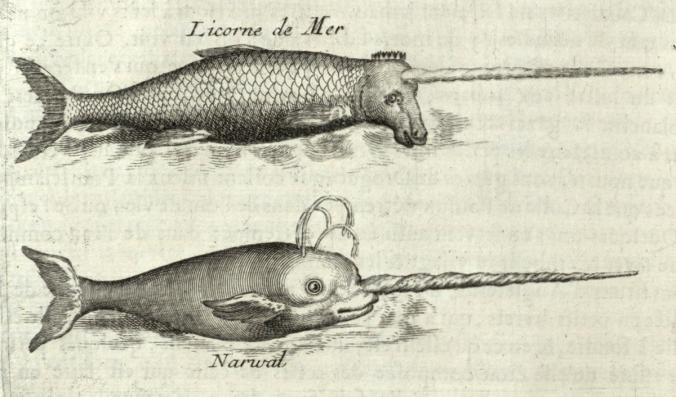The New York Times, March 27, 2014
When Robert B. Darnell was a graduate student in the early 1980s, he spent a year sequencing a tiny fragment of DNA. Now Dr. Darnell is an oncologist and the president of the New York Genome Center, where the DNA-sequencing machines can decode his grad-school fragment in less than a ten-thousandth of a second.
As an oncologist, Dr. Darnell is firmly convinced that this technological advance will change how cancer is treated. “It’s inspiring for me, and it’s inspiring for lots of doctors,” he said in an interview.
The idea is simple. Oncologists will get a tumor biopsy and have its genome sequenced. They will identify the mutations in the cancer cells, and they will draw up a list of drugs to treat each patient’s particular mix of mutations.
Continue reading “Enlisting a Computer to Battle Cancers, One by One”



